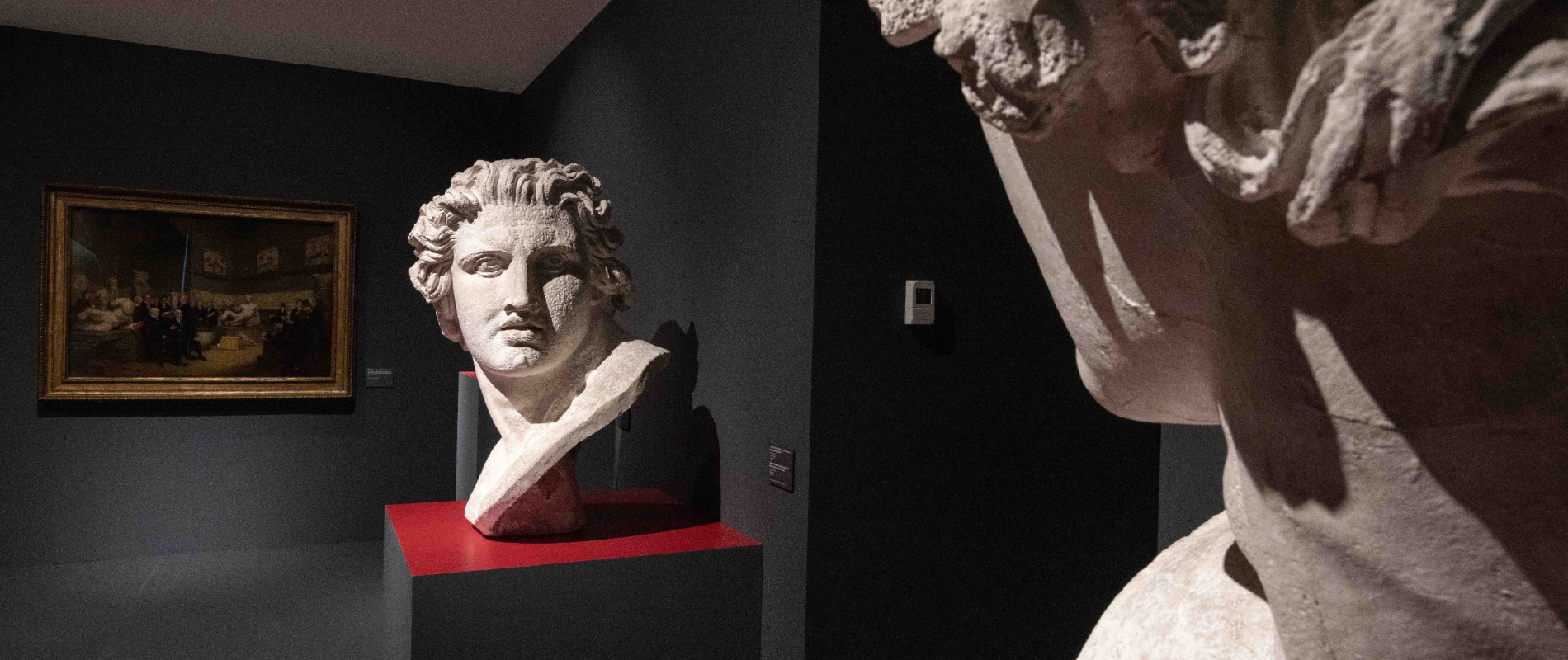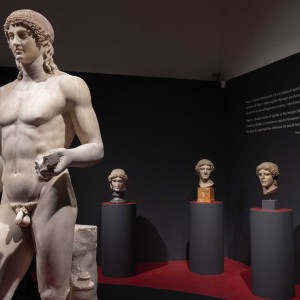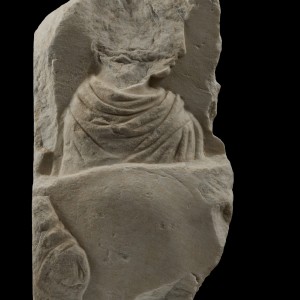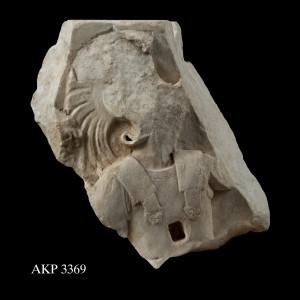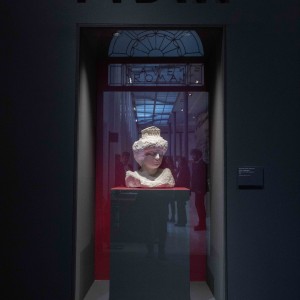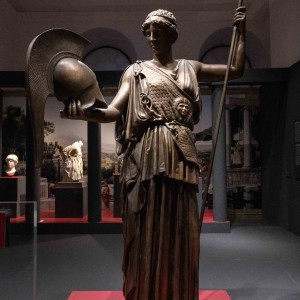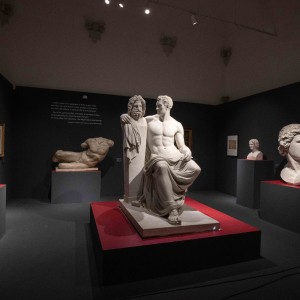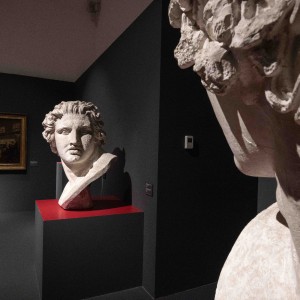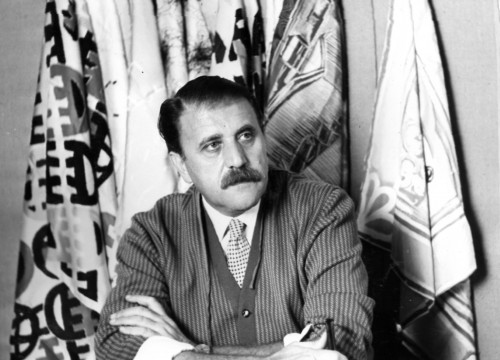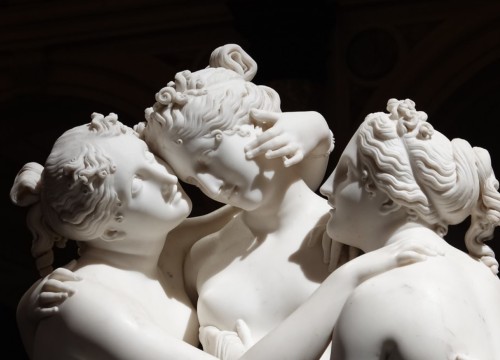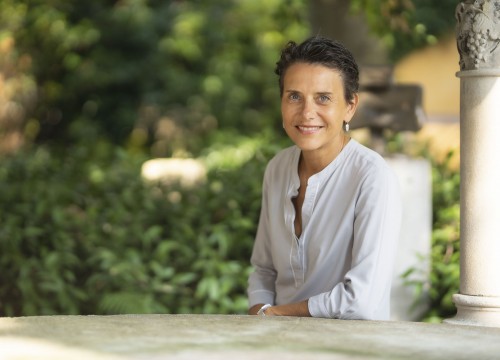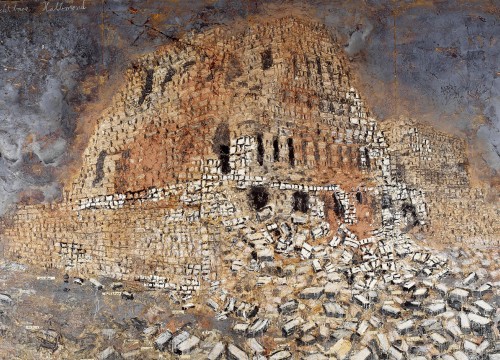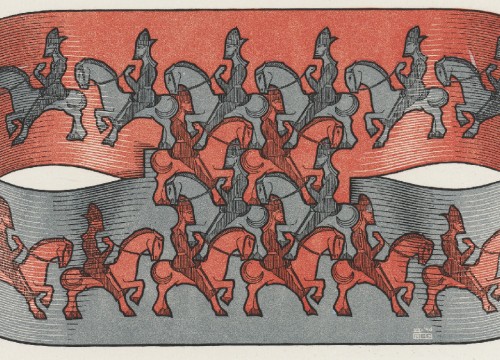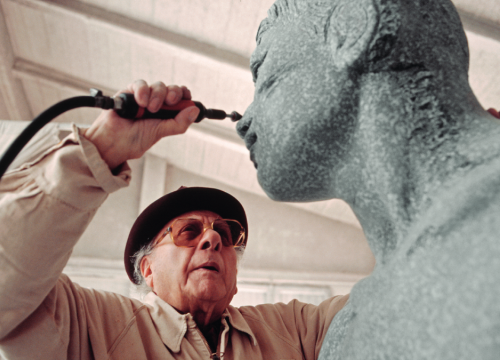More than 100 works include original archeological finds and Roman replicas from leading international museums
“Fidia”, curated by Claudio Parisi Presicce, is the first of 5 exhibitions “The Great Masters of Ancient Greece” at the Musei Capitolini - Villa Caffarelli, in Rome. A cycle designed to make known the protagonists of the art of the past to the general public and that captures the need for incursions into distant civilizations to read the present. Drawing on the strength of classicism to interact with the transience of the contemporary, has allowed many artists to create a new dimension, as taught by the father of Metaphysics Giorgio de Chirico. The “long shadows” of the classic have never ceased to assume multiple features and the artists who resort to the ancient are not counted: classical statues and vestiges coexist with all kinds of experiments and materials, from arte povera to citationism, anachronism to post classicism. One cannot think of the classical world without thinking of Phidias, the brilliant innovator whose “sculpture is flesh” as Canova wrote well, in 1815, to his friend Quatremère de Quincy, after seeing some of his original finds in London.
ON DISPLAY ALSO WORKS COMMISSIONED BY PERICLES FOR THE PARTHENON
From his early works, to the immense bulk of the works commissioned by Pericles for the renewal of the Acropolis, begun in 447 BC, with the reconstruction of the Parthenon, Phidias is a epic poet of a whole new figurative world of men, gods and animals, with revolutionary accents. His genius ranges from the vigorous energy of the subjects depicted, to the innovation of the draperies that come alive with new life in the cloaks and peplos moved by floating folds, up to the refined lyricism of the “wet” drapery that covers the female bodies, while emphasizing the majestic shapes and the soft sensuality. The relationship between sculpture and architectural space is also revolutionary, it becomes tight and dynamic, with a living setting of juxtaposed elements that presage modern installation concepts, where the space is an integral part and interlocutor of the work itself.
PANELS OF EXQUISITE LYRICISM ENCLOSE FEMALE BODIES AT ONCE MAJESTIC AND SOFT
The monographic exhibition (until May 5th) divided into 6 sections, with over 100 works, collects original finds and Roman replicas from major international museums, as well as valuable manuscripts such as the fifteenth-century Hamilton Code 254 and the notebook Carrey 1674. The historical and artistic context in which Phidias was formed outside Athens is also well-kept, especially in Olympia, with the exhibition of the original finds found in the “Workshop of Phidias”. The legacy of his techniques on the generations of artists in Greece and Magna Grecia is also documented. There is no shortage of immersive experiences offered by multimedia reconstructions and digital content.
PHIDIAS IS A AN EPIC POET, WITH REVOLUTIONARY UNDERTONES, OF MEN, GODS AND ANIMALS

